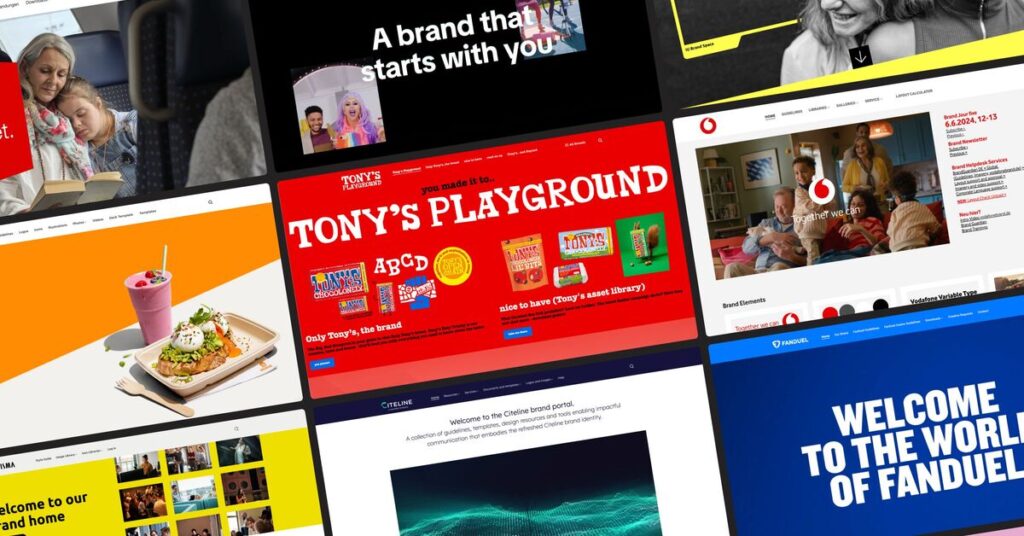In the current globalized world, understanding the significance of cross-cultural design in branding is crucial. As businesses aim to expand their reach to international markets, they must familiarize themselves with the cultural nuances of their target audiences and adapt accordingly. Cross-cultural design is not just about translating content into different languages. It involves creating a brand identity that connects with people from diverse cultural backgrounds.

Understanding Cross-Cultural Design
Cross-cultural design is the practice of creating brand identities and product experiences that embrace cultural differences. It goes beyond mere translation and localization, ensuring designs are deeply informed by the intricacies of various cultures. This involves understanding how design elements – from imagery and color palettes to layouts, content density, and messaging – can be tailored to support customer needs, cultural values, and business goals across diverse global markets. For example, colors have different meanings in different cultures – while white may symbolize purity and innocence in Western cultures, it is associated with mourning in many Asian cultures. By understanding these nuances, businesses can avoid inadvertently offending their target audience and tailor their branding to be more culturally sensitive.

The Importance of Cross-Cultural in Branding
Brand identity plays a crucial role in cross-cultural interactions mainly due to the following aspects:
Building Global Brand Resonance: Brands must speak to consumers in their language – literally and culturally. By investing in cross-cultural branding strategies, businesses can forge deeper connections with diverse audiences, fostering brand loyalty and resonance that transcends borders.
Authentic Cultural Representation: Culturally relevant branding not only enhances the customer experience but also demonstrates a brand’s commitment to authenticity and inclusivity. When consumers see their cultural values and experiences reflected in a brand’s identity and messaging, they are more likely to develop a sense of trust and affinity.
Differentiation in Crowded Markets: In crowded global markets, cross-cultural branding can be a powerful differentiator. By embracing the nuances of diverse cultures, brands can stand out from competitors and position themselves as truly global entities that understand and celebrate the richness of human diversity.

Designing for Cross-Cultural Resonance
There are certain pointers that are to be kept in mind while opting for a Cross- Cultural design such as the following:
- Embrace Global Perspectives: Conduct thorough research on target audiences in every region you aim to expand into. Understand their cultural backgrounds, values, needs, and how your brand and products can provide meaningful solutions. Diverse perspectives shape diverse needs and desired experiences.
- Localize Language, Imagery, and Messaging: Translating copy is just the first step. Localization involves modifying content, imagery, and messaging to align with cultural preferences, symbolism, and norms. This level of customization enhances the brand experience and resonates deeply with global audiences.
- Consider Cultural Symbolism and Aesthetics: Design elements like color palettes, typography, and visual motifs can hold vastly different symbolic meanings and aesthetic preferences across cultures. Conduct research to understand these nuances and make informed design decisions that resonate with your target audiences.
- Foster Diverse and Inclusive Design Teams: Inclusive, multifaceted brand and product experiences require diverse perspectives. Embrace diversity within your design team – in terms of backgrounds, skills, and lived experiences – to unlock unique approaches and solutions that cater to global audiences authentically.

Final Thoughts
In today’s globalized world, cross-cultural branding and product design are crucial for building meaningful connections with diverse audiences, as brands and products transcend borders and reach a wide range of cultures and regions. By incorporating cultural diversity into their brand strategy, brands can create a strong brand identity that resonates with consumers around the world and drives growth and success.
Also Read: Case Study: The Downside of ‘Debranding’ and How to Overcome It?



